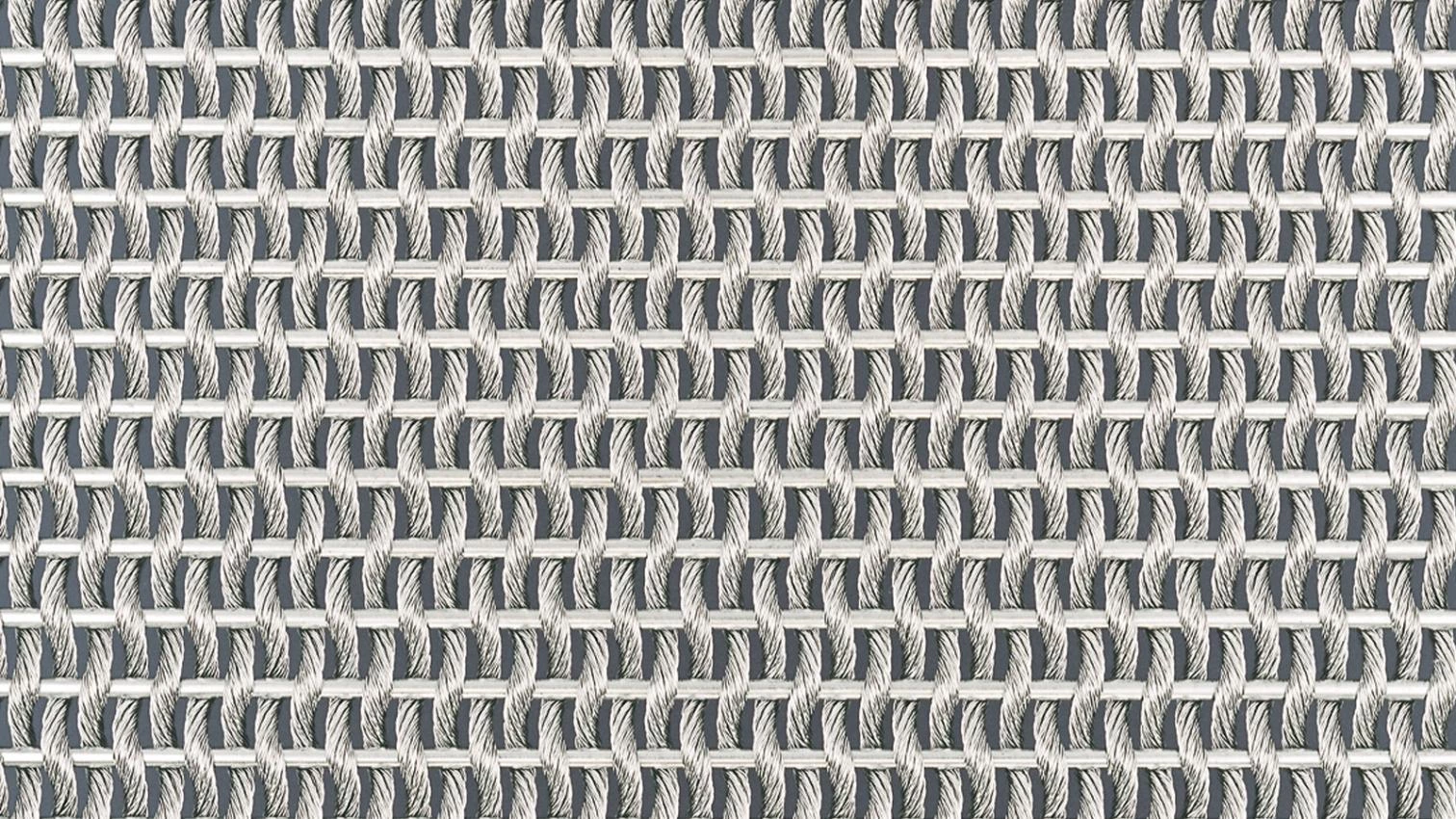Metal Meshes and Transparent Tissues

Placing the starting point of Dominique Perrault’s architecture in the concern for materiality seems obvious. The architect has clear preferences: the list of materials used can be reduced to metal, in all its forms, and, of course, glass. There is nothing peculiar about this combination that, since Mies van der Rohe, has been linked to the notion of perfect and cold elegance. Also in the case of Perrault. In his work, exposed concrete and wood have only a secondary relevance. Brick is totally unknown to him. And yet, one could say that his architecture always conceals a new compositive experiment; a mechanism able to invite the spectator to delve into each one of his projects, not only to understand their construction and function, but also to grasp the message they can convey.
During the last twenty years Perrault has developed, both in his built works and in his projects, an elaborate composition system of the skins which has led to an interplay between foreground and background, between interior and exterior. The specific character of this system can even cause certain surprise in the spectactor, because it doesn’t seem to adapt to the traditional scheme of the built context. We are referring, specifically, to the complex variety of textures. Perrault is not interested in doing architecture in the traditional and strict sense of the term, but rather in creating places, spaces that blend into larger entities within the urban fabric, but that at the same time assert their presence through the autarchic gesture of their own architectural language. The city becomes city through these symbolic places, that is, through the urban spaces and the buildings that not only have a function, but that also, from the point of view of the architect, have a meaning that turns them into symbols of the present and the future. In this sense, the guiding line of his projects is provided by landscape, in the broadest sense of the term. The question of how this landscape takes form could be discussed in-depth, because the architect’s thoughts on this matter offer a wide range of interpretations. To begin with, the subject is made up of the first impressions, the search for a main idea materialized in a simple and concise way. This idea, in its concrete expression, may be discussed or may even cause a certain lack of understanding; it will, however, always be clear and deeply rooted in the place. The limits of that which is built have for the observer an abstract value that the architect is perfectly aware of, challenging us to establish a dialogue with his own concepts. The innovative or surprising aspects of his architectural language are thus imposed once and again over each one of his clients. Perrault has to be persuasive.





